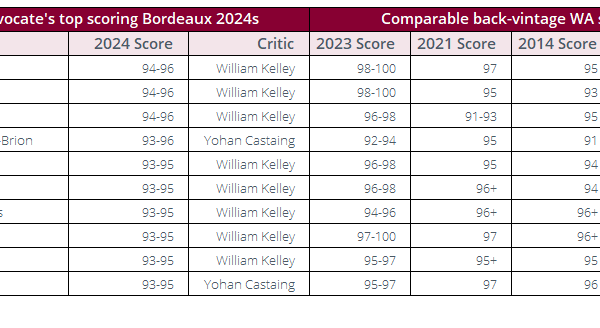
Over the past decade, the fine wine market has diversified considerably. Regional trade has become much more balanced, rather than relying so heavily on Bordeaux, as we showed last week. Behind these regional trends, the number of different wines trading is also on the up.
So far this year, 4,924 distinct wines – vintage included – have traded. They come from a variety of regions, including England, China and Lebanon though these countries have not impacted numbers greatly.
The biggest increase, compared to 2010, can be seen in the number of Italian wines trading, up from 61 to 530 – an impressive 769%. The USA offerings have also steeply risen: back in 2010, only 12 American wines traded on Liv-ex; the current number stands at 102 and is likely to further evolve by year end.
As the table below shows, interests of market participants have spread from the regions that traditionally dominated the fine wine market, such as Bordeaux. In France, Champagne and Burgundy have particularly benefited from this trend of diversification – both have been capturing buyers’ attention, as covered in our special reports Champagne: a market without bubbles and Burgundy – in the spotlight.

About LWIN
LWIN – the Liv-ex Wine Identification Number – is a unique identifier for the wine trade. Just like ISBNs in publishing, LWIN standardises the way that wines are named. LWIN7 is a seven-digit number that correlates to a wine name, e.g. Lafite Rothschild. LWIN11 is an 11-digit number that considers both the wine name and the vintage, e.g. Mouton Rothschild 2014. For more information on LWIN, please click here.
[mc4wp_form id=”18204″]



